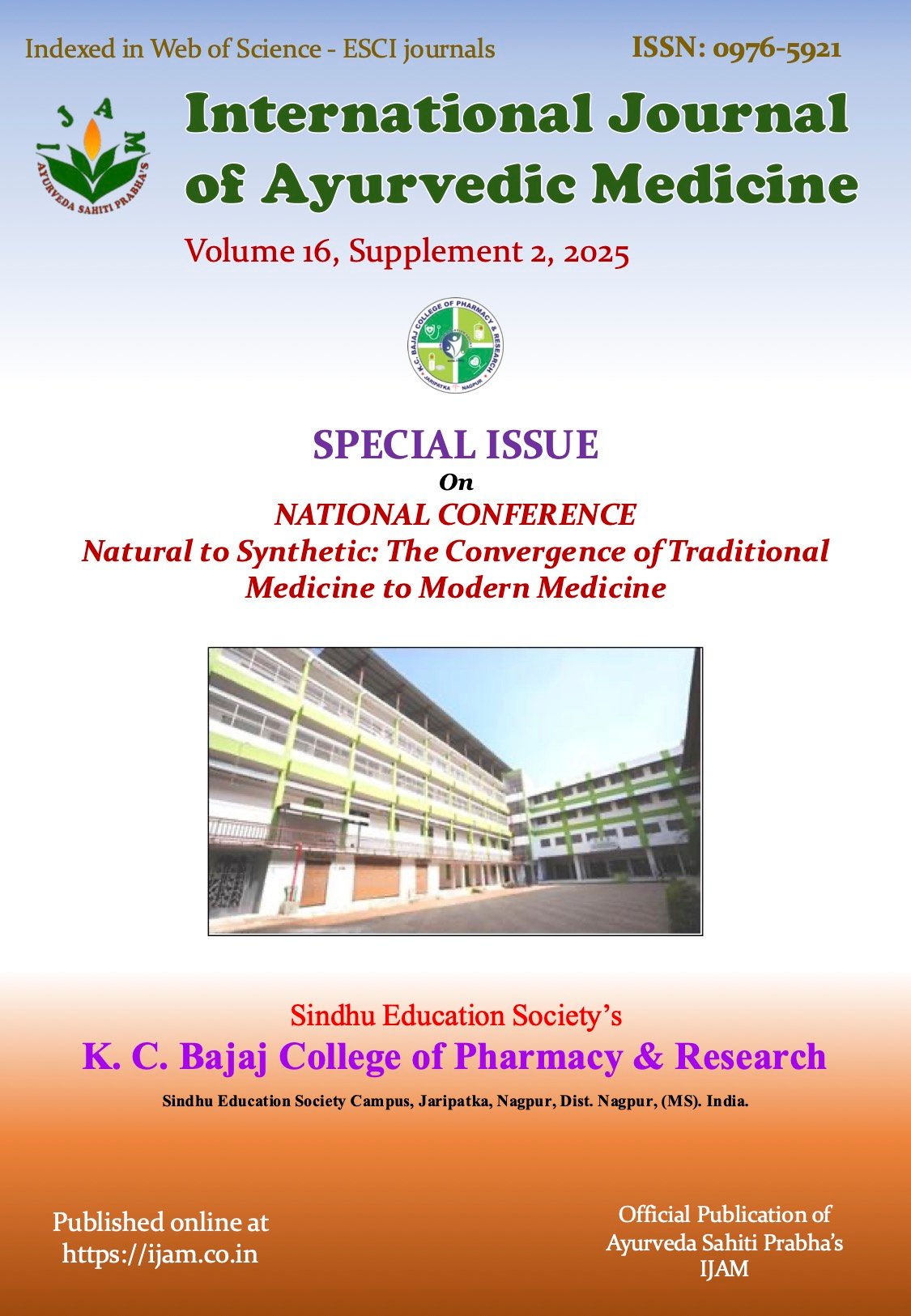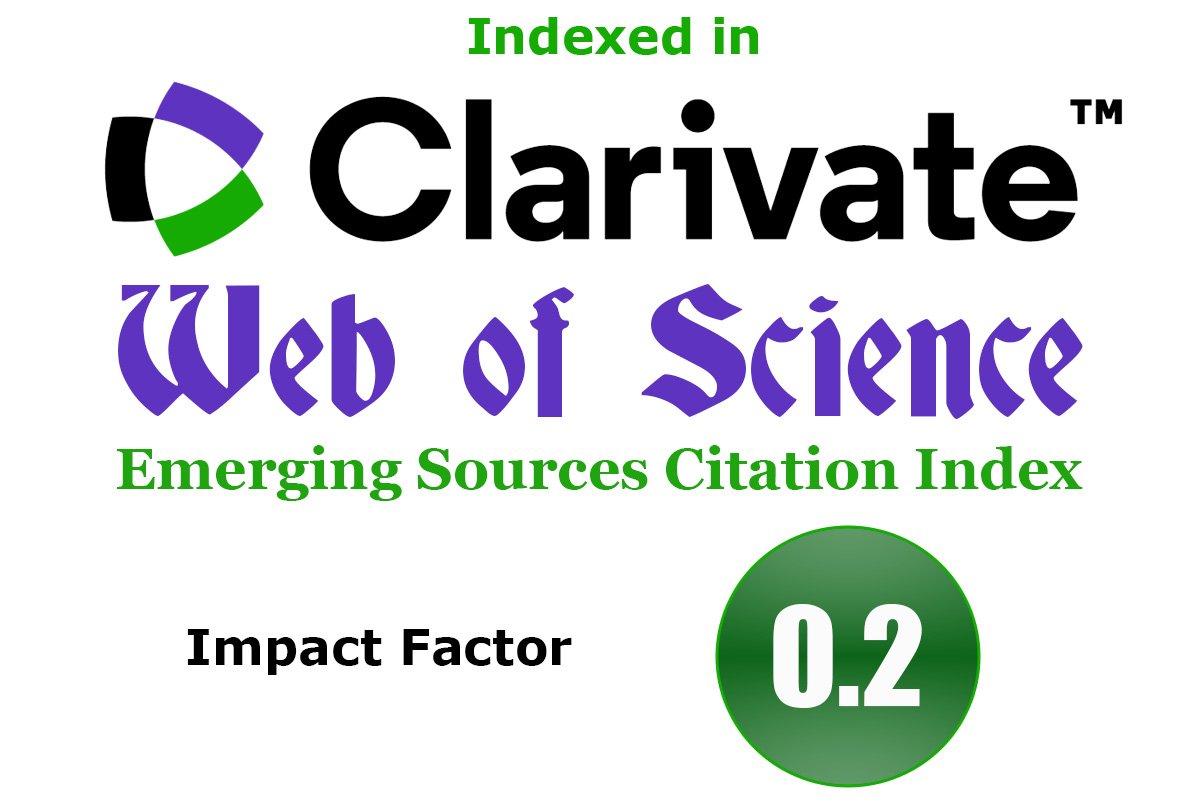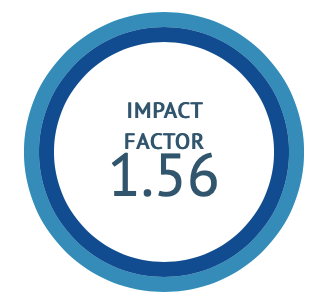Comparative Anthelmintic activity of three Ayurvedic medicinal plants
DOI:
https://doi.org/10.47552/ijam.v16iS2.6172Keywords:
Helminthiasis, Anthelmintic Activity, Krimi, Annona squamosa, Murraya koenigii, Cassia toraAbstract
Helminthiasis, which is the infection by helminths or worms, is a major public health issue, especially in developing nations where it leads to malnutrition, anaemia, and death. The traditional treatment with synthetic anthelmintic drugs like albendazole and mebendazole is usually accompanied by adverse effects like gastrointestinal upsets and neurological manifestations. Additionally, the growing problem of drug resistance has created a need for safer and more effective natural alternatives. The present study aims to explore, evaluate and compare the anthelmintic potential of three traditionally used Ayurvedic medicinal plants Annona squamosa, Murraya koenigii, and Cassia tora as herbal alternatives to synthetic deworming agents. Method: Plant materials were obtained from parts of Maharashtra state and identified. Petroleum ether and hydroalcoholic extracts of each plant were obtained through Soxhlet and reflux processes. Phytochemical screening was carried out using standard procedures. Anthelmintic activity was analysed on Pheretima posthuma (Earthworm) at concentrations of 50, 100, and 150 mg/mL, with Albendazole as reference standard. The activity was found to be dose dependent on concentration with maximum in Murraya koenigii. Results: All three plants exhibited dose-dependent anthelmintic activity, with hydroalcoholic extracts generally showing greater efficacy than petroleum ether extracts. Among them, the hydroalcoholic extract of Murraya koenigii exhibited the highest efficacy, compared to the standard drug. Conclusion: The findings support the traditional use of these plants in managing helminth infections. Given their promising efficacy and presumed safety, these herbal candidates may serve as potential alternatives or complementary therapies to conventional anthelmintic drugs. Further studies involving phytochemical analysis and in vivo evaluations are recommended to validate their therapeutic potential and mechanisms of action.
Downloads
Published
How to Cite
Issue
Section
License
Copyright (c) 2025 International Journal of Ayurvedic Medicine

This work is licensed under a Creative Commons Attribution-NonCommercial-ShareAlike 4.0 International License.
The author hereby transfers, assigns, or conveys all copyright ownership to the International Journal of Ayurvedic Medicine (IJAM). By this transfer, the article becomes the property of the IJAM and may not be published elsewhere without written permission from the IJAM.
This transfer of copyright also implies transfer of rights for printed, electronic, microfilm, and facsimile publication. No royalty or other monetary compensation will be received for transferring the copyright of the article to the IJAM.
The IJAM, in turn, grants each author the right to republish the article in any book for which he or she is the author or editor, without paying royalties to the IJAM, subject to the express conditions that (a) the author notify IJAM in advance in writing of this republication and (b) a credit line attributes the original publication to IJAM.





